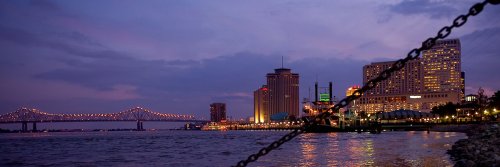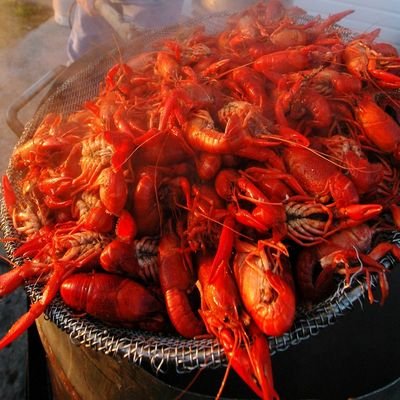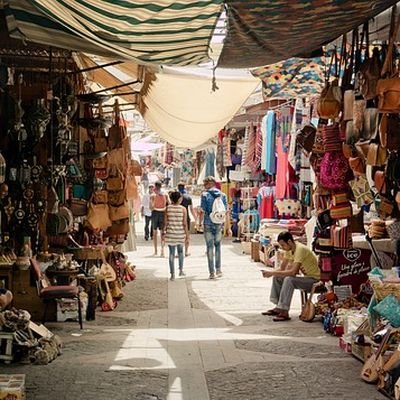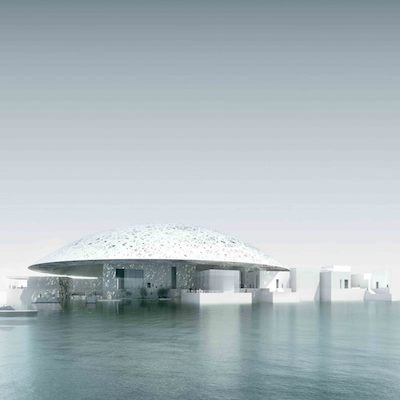Known as the cradle of jazz, New Orleans is a city that never stops bubbling with its vibrant and colorful streets. Perched on the Mississippi River of Louisiana near the Gulf of Mexico, this city of soul is a unique blend of American, French, and African cultures. It's a place where dynamic jazz bars, a spicy cuisine, and whispers of voodoo coexist, creating a melting pot of experiences that explode on an annual basis during Mardi Gras. New Orleans, the first city to host opera in the United States in 1796, also saw the birth of jazz in 1819, when slaves gathered every Sunday in Congo Square to play music, sing, and dance.
New Orleans is also famous for its heavenly, mouthwatering, light and fluffy 'beignet'—a donut without a hole. For breakfast, lunch, or after dinner, you can find these scrumptious fried fritters dusted with powdered sugar in cafes. They were introduced in the 18th Century by French-Acadians (ancestors of the Cajuns). Once you’ve had a sugar hit, New Orleans will satisfy the most demanding foodaholic with the cuisine on offer: freshly shucked oysters or try an oyster chargrilled, Creole classic stew of gumbo, blackened redfish with its spicy seasoned dark coating or for the adventurous gourmand, ‘etouffée’ lovingly made with crawfish, shrimp, crab or alligator plus lashings of butter.
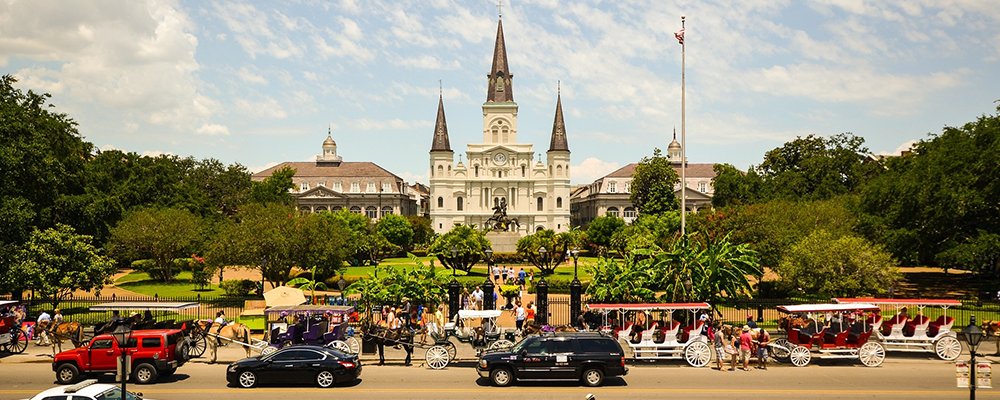
You don't walk in this somewhat gritty city; you dance in its streets to the music blaring from street corners of impromptu gatherings of musicians or the cacophony blaring out from bars, especially in the famous Frenchman Street that's away from the bustling Bourbon Street. This area became the hub for music lovers in the 1980s and is home to some of the town's most famous music clubs—The Spotted Cat, Blue Nile, Dragon's Den, and Three Muses, to name a few. New Orleans is the birthplace of the founding father of jazz, Louis Armstrong, aka Satchmo, who became an international cultural icon. A far cry from his poverty-stricken beginnings in the Back O’ Town neighborhood in the early 1900s, where he taught himself how to play the cornet and was found singing on street corners.
Vibrant and eclectic, New Orleans is one of the country's most haunted cities. The town is shrouded in ghost stories of haunted mansions and a pharmacy where voodoo potions were concocted. Home to the St Louis Cemetery, where you will find the tomb of New Orleans' voodoo queen, Marie Laveau, New Orleans can creep you out if you delve into its history of dubious religious practices, superstitions, and traditions that arrived with the African slaves. It was only a year after New Orleans was founded that the first African slave ships arrived in 1719. Vast numbers of slave ships followed between 1727 and 1740 as there was a thriving trade in enslaved people for the cotton and sugar plantations near the town.
Settled by the French in 1718, New Orleans' French Quarter is a photographer's dream vision with its gorgeous, vividly painted 18th-century-styled buildings wrapped in wrought-iron balconies. The French Quarter is where you will find New Orleans' iconic Cafe du Monde, a traditional coffee house. The historical hub of the city, its famous Bourbon Street is dotted with raucous bars and Cajun eateries. The French Market's bounty of gourmet food and local crafts is a feast for the eyes, and street buskers squat in Jackson Square with the landmark St Louis Cathedral filling the background.
The Garden District overflows with imposing ornate historical mansions. It is where the real foodies retreat in search of trendy restaurants. Originally a plantation, the area is lush, leafy, and green, with manicured gardens. The Riverfront Warehouse District has warehouses that have had makeovers morphing into chic art galleries, museums, boutiques and cafes studded along its cobblestoned streets. The hipster enclave of Faubourg Marigny is the bohemian domain that is perfect for roaming if you want an off-the-usual tourist trap experience. Despite its lack of tourist drawcards, expensive and elegant restaurants and luxury hotels are in the Central Business District.
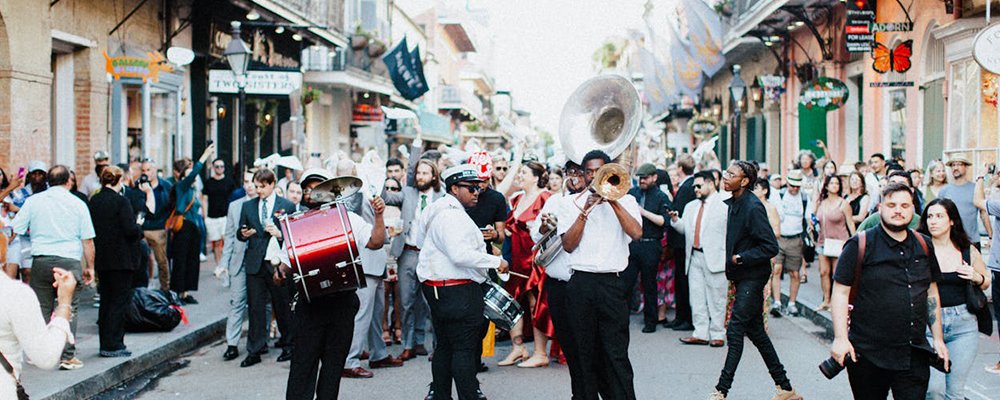
New Orleans displays its rich tapestry of life and the diversity of its culture. Street art mingles with sculptures, creating a flourishing maze of public art. From fleeting graffiti statements on walls to permanent murals, such as the giant mural adorning the Ashé Cultural Arts Center or the commissioned piece of 4 screaming males on Gasa Gasa music club in Freret Street. Jazz legends litter the sides of buildings, many of which have been painted by BMike. Reflective images of Katrina's afterlife in the city have been showcased by Banksy, especially in the mural of a girl holding an umbrella on the corner of North Rampart and Kerlerec Streets.
Nicknamed the "Crescent City" because of the shape of the river, the hustle and bustle of New Orleans never stops. You will constantly hear the ringing of the streetcar bells, you can order a cocktail to go, and festivals happen every week. From the Jazz Fest to the world-famous Mardi Gras frivolities with over-the-top floats, high-tech lighting wizardry, and totally out-there, anything-goes fancy costumes, New Orleans is where unrestrained and hedonistic behavior is par for the course.
Gail Palethorpe, a self proclaimed Australian gypsy, is a freelance writer, photographer and eternal traveller. Check out her website Gail Palethorpe Photography and her Shutterstock profile.

